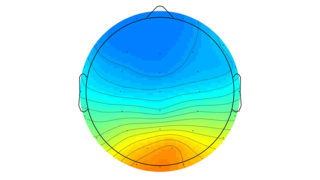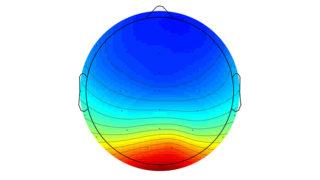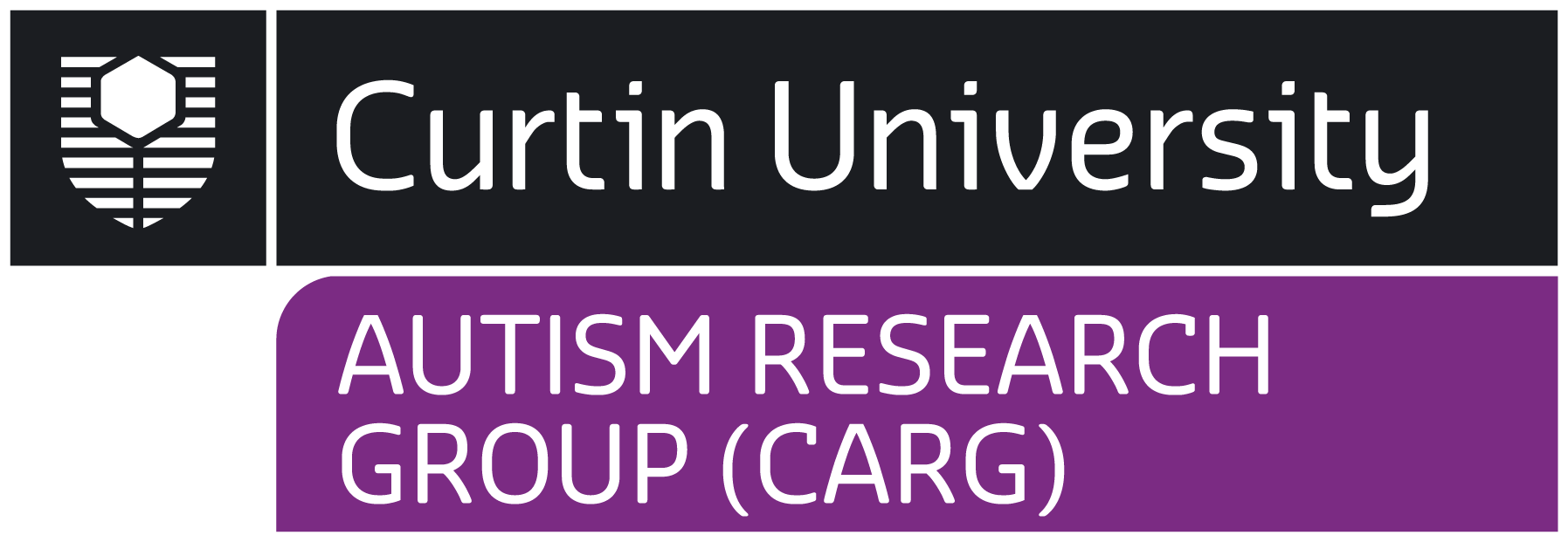Using your senses
CARG is researching how different senses work together in the body and how diversity in a person’s sensory system can affect their coordination and postural control.
Movement is optimised when information from different sensory systems, such as visual (sight), vestibular (balance) and somatosensory (sensation) are integrated and work together.
Understanding how individuals on the autism spectrum process sensory information will provide important insight into the development of helpful interventions and positive clinical outcomes.
Related research

The postural control system in individuals with Autism Spectrum Disorder: Insights from exploring the effects of visual information on postural control
Research project
Dr Lim’s project examined the effects of static and dynamic visual information on postural control in individuals with autism spectrum disorder (ASD). The results suggest that the visual-motor mechanism adopted by ASD individuals to control posture is different from typically-developed individuals. Evidence of postural control impairments was also identified in ASD individuals. The findings advance the understanding of postural control in ASD and may guide the development of effective postural control interventions for ASD individuals.

Imagine you’re on a train and out of the window you see the train next to you start to move. For a moment, you’re unsure if you are moving or the train outside the window is moving. Perhaps this is the experience of people with autism most of the time!

More information
Email: S.Morris@curtin.edu.au

A different way of processing visual signals
Research project
Dr Goh investigated brain signals in response to unpredictable removal of vision. Adults on the autism spectrum respond with more neural activity in the visual and postural centres of the brain. Reweighting sensory information appears to require more neural resources in those on the autism spectrum. In the figures below, stronger colour indicates more brain activity.


More information
Email: S.Morris@curtin.edu.au
